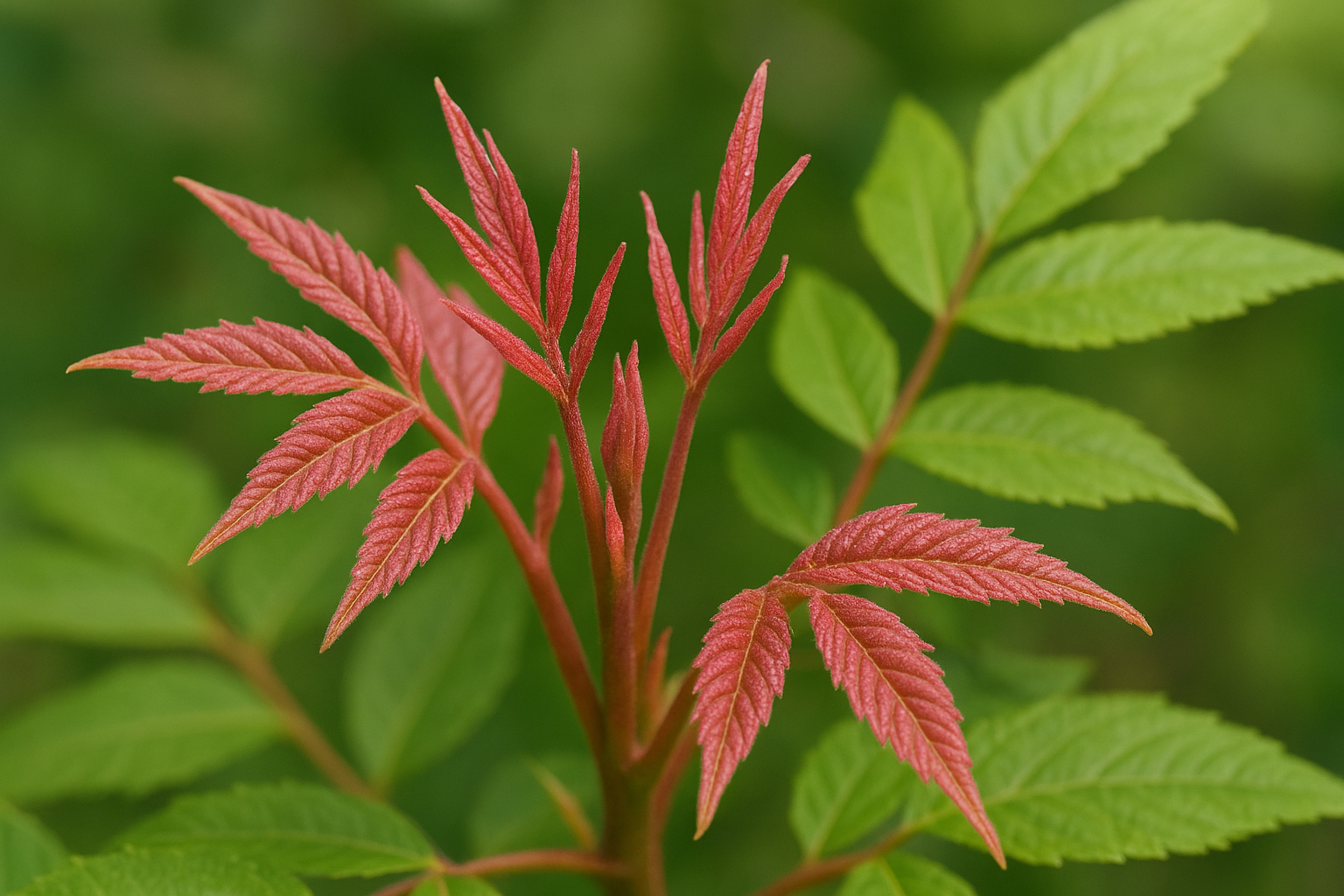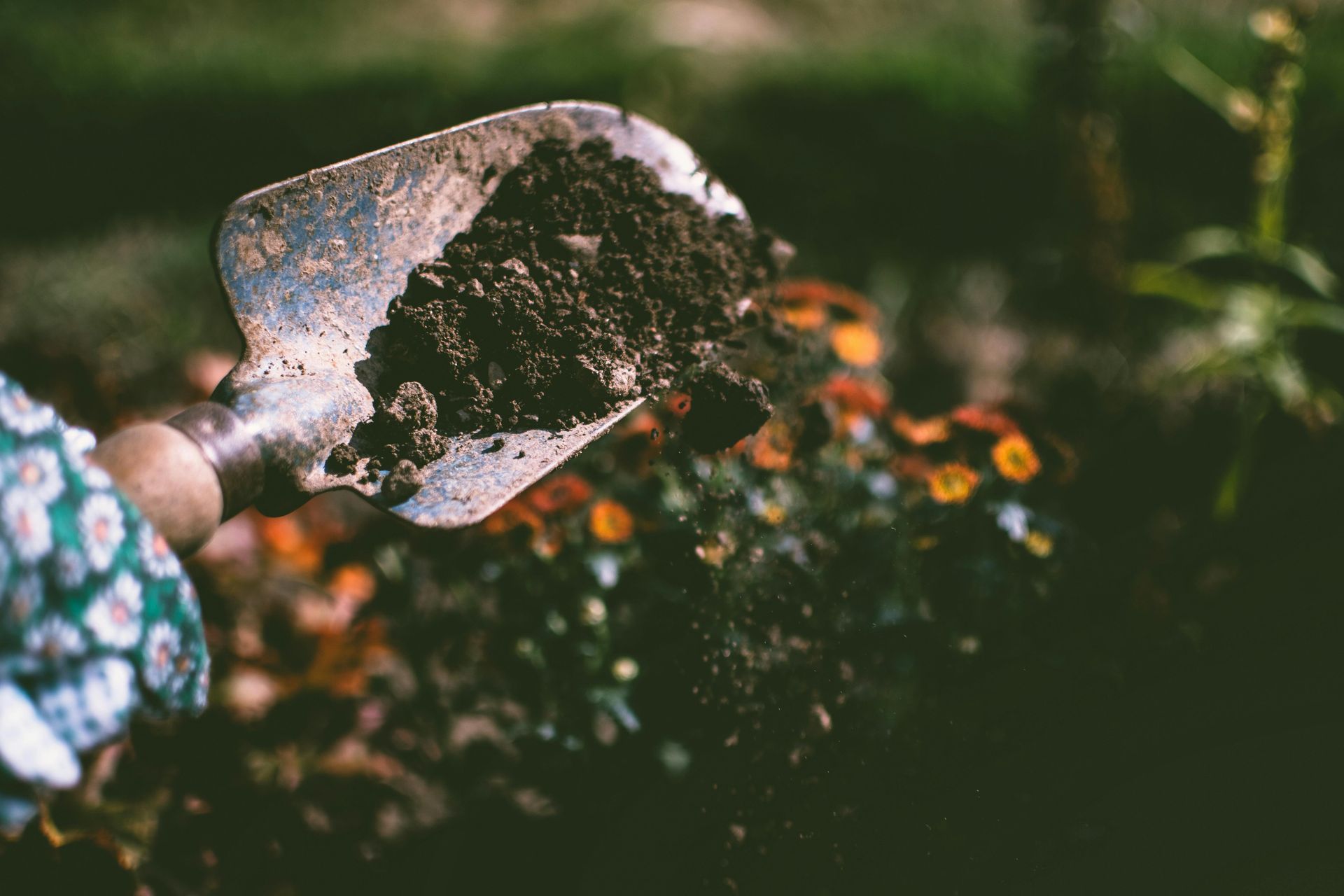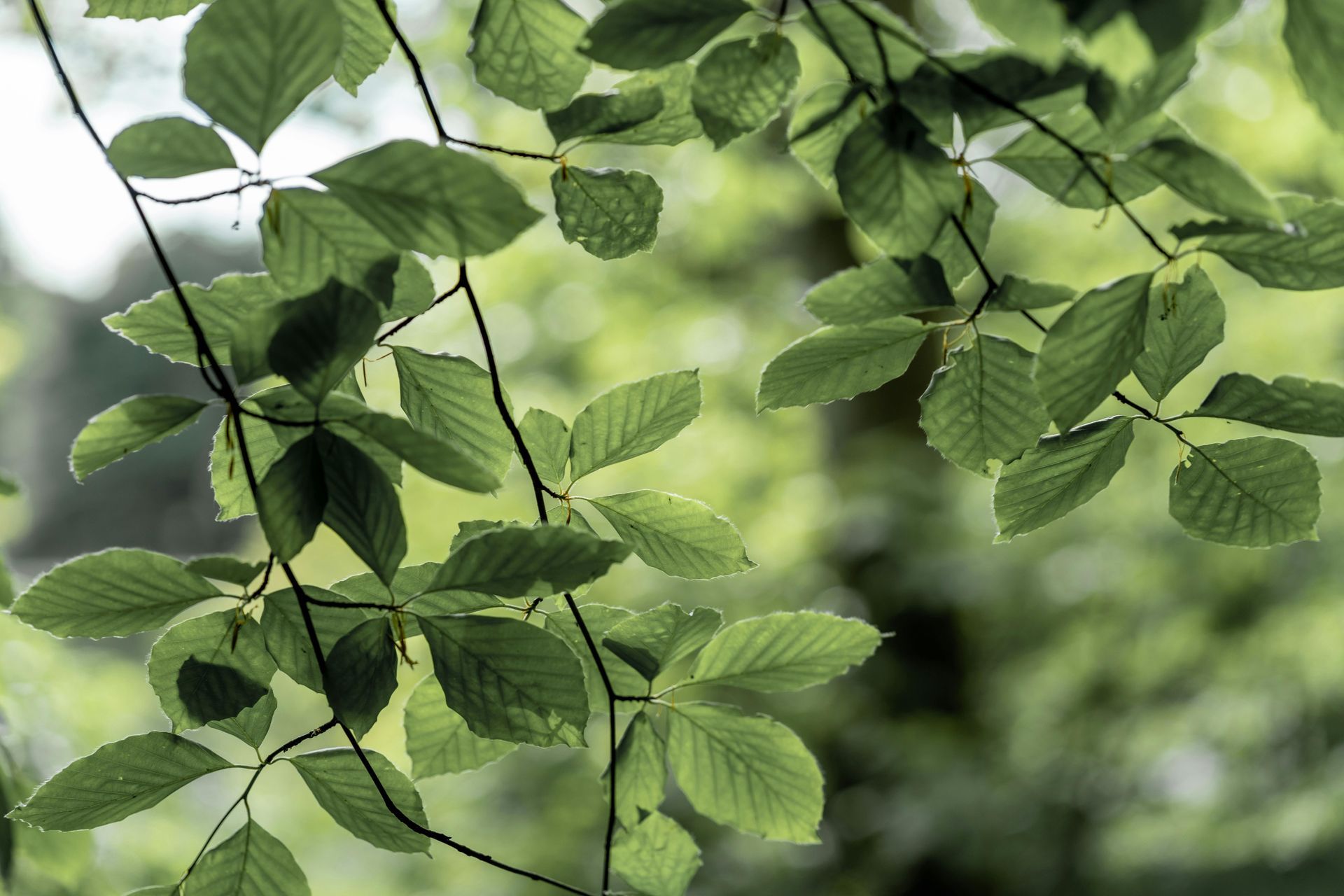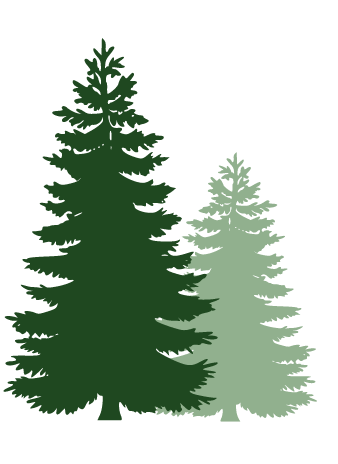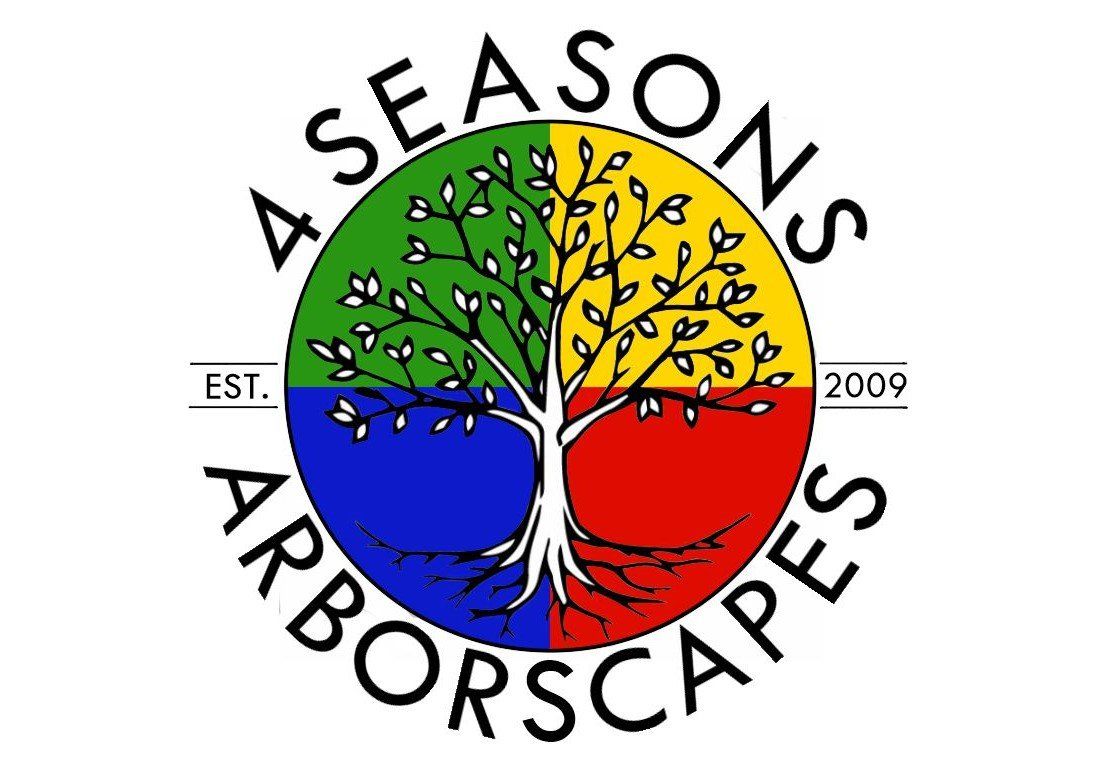Why It's Essential to Prune Your Trees in Late Fall
Pruning trees is a crucial task for maintaining their health, ensuring safety, and promoting aesthetic appeal in your landscape. However, the timing of pruning plays a vital role in its effectiveness. While pruning can be done at various times of the year, late fall tends to be the ideal season for most trees to receive a haircut.
1. Dormancy Promotes Healing
In fall, trees begin to slow down their growth and prepare for dormancy, a crucial process for surviving the colder months. As temperatures drop and daylight hours shorten, trees conserve resources by halting new growth, which reduces the risk of excessive sap loss since the tree's vascular system becomes less active, and further reduces the tree's vulnerability to pests, disease, and fungal infection (more on this in a bit). Dormancy allows trees to heal more efficiently because their energy isn't directed toward producing new leaves or shoots, enabling them to focus on sealing wounds. Cuts made during late fall face fewer threats from pests or diseases, allowing the tree to close off wounds properly before the growing season begins. By the time spring arrives, the tree is fully healed, making it healthier and better prepared for new growth with reduced risks of long-term damage.
2. Improves Visibility for Pruning
With the leaves shedding in fall, a tree’s structure becomes more exposed, making it much easier to assess its overall health and condition. Without the obstruction of thick foliage, you can clearly see the framework of branches, allowing you to spot dead, damaged, or weak limbs that need attention. This visibility helps you target specific problem areas that could pose risks during winter storms or compromise the tree’s strength and appearance. By pruning in late fall, you can remove these vulnerable branches with precision, improving the tree’s structural integrity and ensuring it remains healthy and safe.
3. Reduces the Risk of Disease Spread
Pruning in the fall reduces the risk of spreading diseases because many tree pathogens, such as bacteria and fungi, become less active or enter dormancy in cooler weather. This is crucial for trees that are vulnerable to diseases like oak wilt or fire blight, which spread more readily in warmer, active growing conditions. Some fungi, such as those responsible for cankers or root rot, thrive in humid, warm environments, making late fall an ideal time for pruning as the risk of infection is lower. By pruning in late fall, when these pathogens and the insects that carry them are inactive, the chances of infection are significantly lowered. Additionally, fewer insects, like sap-feeding beetles that can carry harmful diseases, are around to transmit pathogens. This creates a safer environment for fresh cuts to heal without being exposed to harmful organisms, allowing the tree to recover more effectively over the winter and be better prepared for vigorous growth in the spring.
4. Minimizes Stress on Trees
During the growing seasons, trees are using their energy to actively produce new leaves and branches. Pruning during this period can interfere with this growth process and put undue stress on the tree. In late fall, when trees are transitioning to dormancy, pruning allows for minimal disruption to their biological processes. Without the need to support active growth, the tree can "rest" and heal over the winter months. This is especially important for trees that store energy in their roots, as they can direct resources toward strengthening their root system rather than repairing wounds. Removing dead or diseased branches at this time not only conserves energy but also reduces the risk of winter damage from heavy snow or ice accumulation, ensuring a healthier start in the spring.
5. Prevents Winter Damage
By addressing these vulnerable branches before winter storms hit, you reduce the risk of breakages that could cause fallen limbs to damage property or create safety hazards. Pruning during this time also prevents weakened branches from cracking under the weight of snow and ice, helping to maintain a stronger, more resilient tree throughout the winter season and for years to come.
Final Thoughts
.
By carefully removing select branches in the late fall, you can help your tree focus its energy on producing stronger, healthier growth when spring arrives. This strategic pruning encourages better air circulation and sunlight exposure, leading to a more robust, disease-resistant tree in the growing season. It’s a proactive step to ensure your trees thrive in the long term.
Want to know more about fall pruning? Give us a call for a free expert consultation!
Check out the latest:





